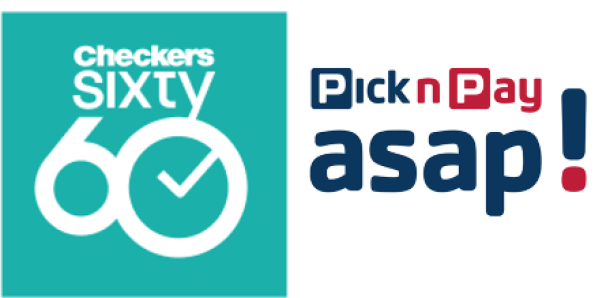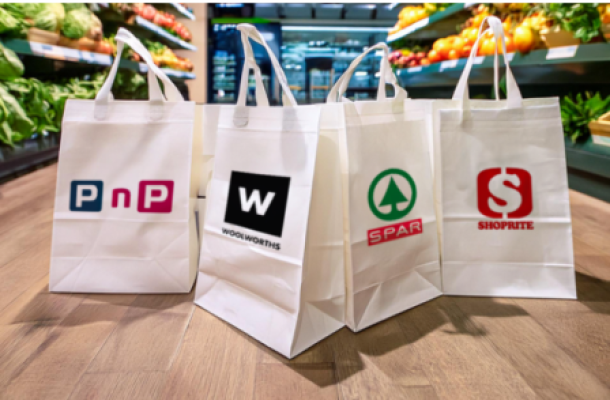The importance of loyalty programmes to the bottom line is evident in how much retailers have put into upgrading them. Most no longer require even a loyalty card, as retailers have invested in app-based loyalty programmes.
They’ve also made it easier for customers to cash in their rewards. Smart Shopper, for example, no longer requires customers to redeem discounts at a Smart Shopper terminal — they can simply cash in their discounts at the checkout point.
When one looks at how much money retailers have paid out to consumers, it’s easy to understand why loyalty programmes have such broad appeal. Clicks paid R442m to ClubCard members in its 2018 financial year; and Pick n Pay offered R2.4bn in personalised discounts to Smart Shoppers in the six months to end-August (it’s unclear how many of these were cashed out).
Though these programmes are gaining traction, the "SA Loyalty Landscape 2018/2019" report, compiled by Truth, notes that, to be considered true successes, the programmes have to be punted by members to friends and family.
"A loyalty programme alone does not create customer loyalty," it says. "The true reflection of customer loyalty is how likely its customers are to recommend its brand and, in this case, its loyalty programme."






